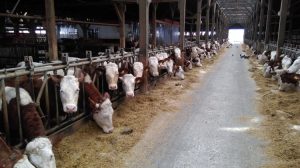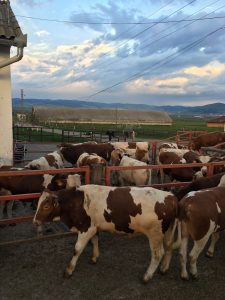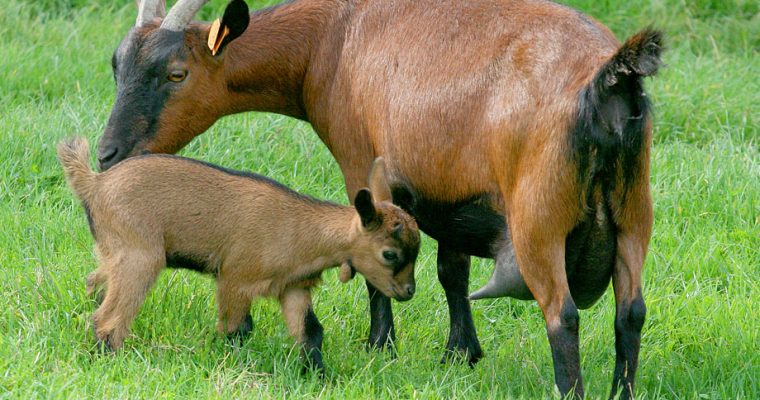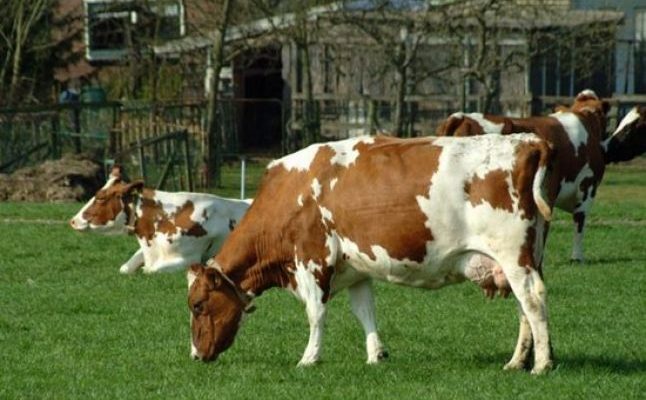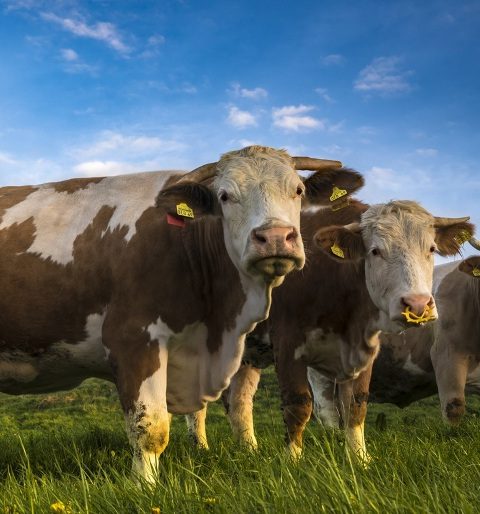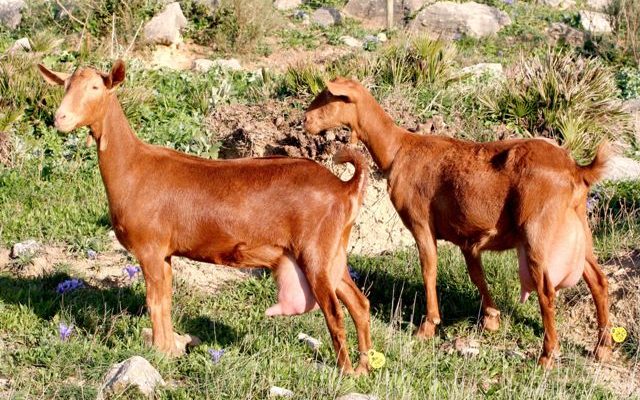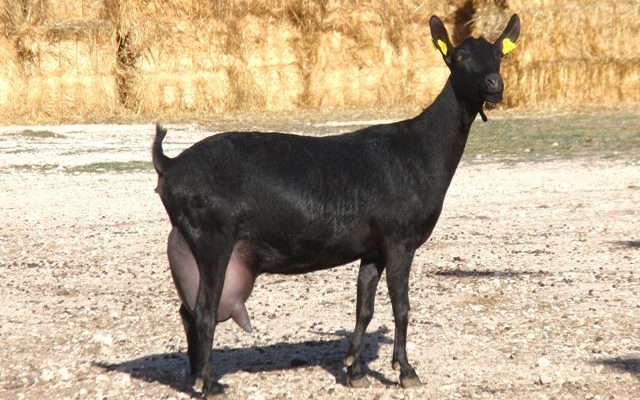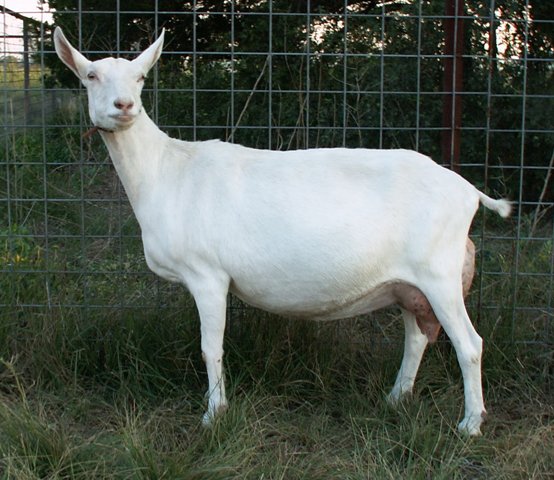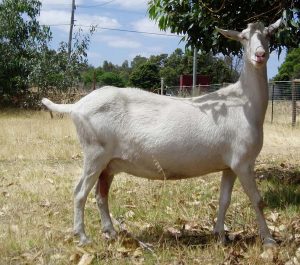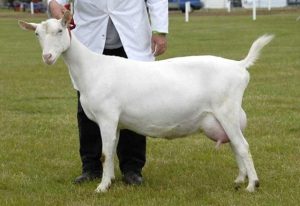Romanian spotted breed is a breed resistance to the environment, the best results are seen in the plains and hills, with continental climate. Under the circumstances continental climate, the heat has a negative impact on milk production, cows appetite decreases, therefore decreases the production of milk.
Romanian Balata is a breed for milk and meat production, suitable for farms and households.
Romanian Spotted cattle breed are easy to maintain, resistant to harsh life for short periods, even poor nutrition.
Reproduction Romanian Spotted cows.
Reproduction in Romanian spotted breed is late in several respects.
The first calving occurs in 30-33 months, 20-30% later than other breeds.
Gestation lasts 400-440 days.
Lactating during gestation is 320-350 days.
The birth rate 80-90%.
Reproductive problems in 4% of Romanian Spotted cattle breed.
The calves weigh 38-40 kilograms at birth and weight gain following:
Dates Males Females
3 months 110-130 kg 105-120 kg
6 months 180-190 170-180 kg
9 months 200-220 kg 240 kg
12 months 330-400 kg 280-340 kg
18 months 520-550 kg 390-440 kg
